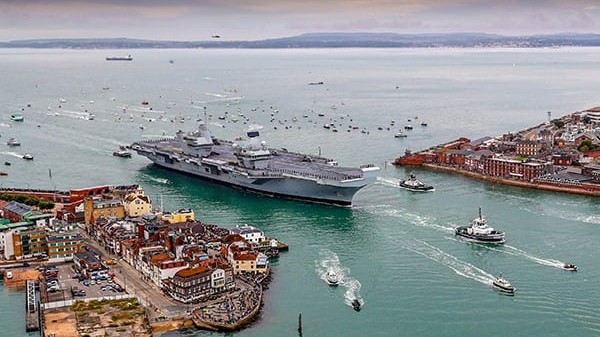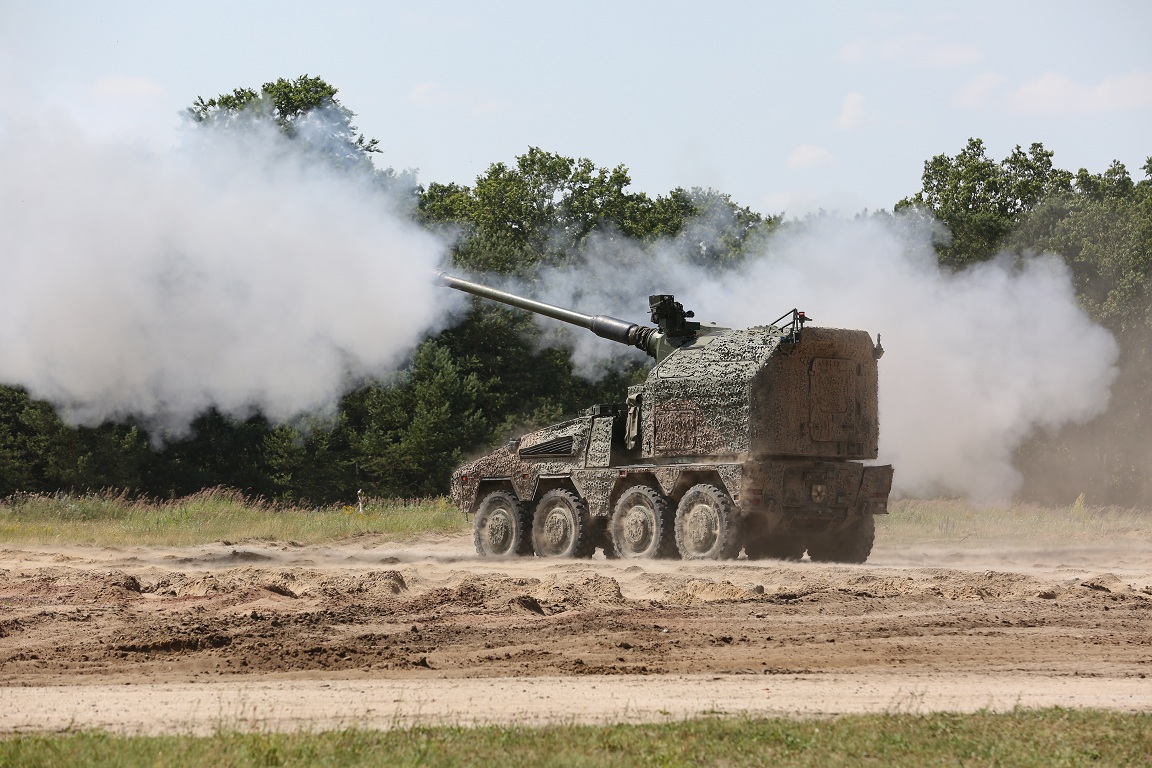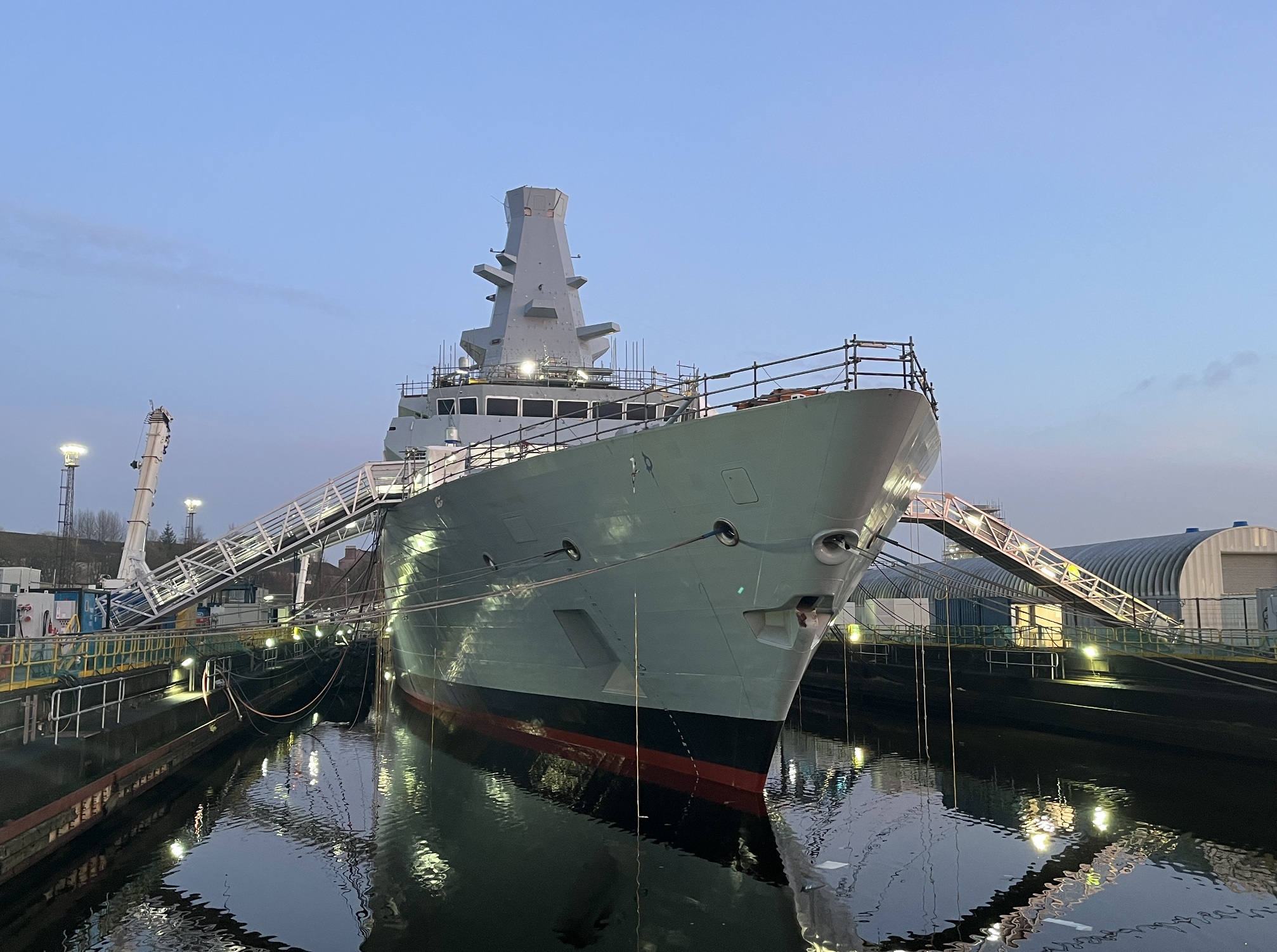Published 6 June 2024
Share this story
To commemorate D-Day80, Lt General Simon Hamilton, Director General Land, reflects on one of the greatest amphibious assaults in military history and the ingenuity and innovation that helped to change the course of World War II.
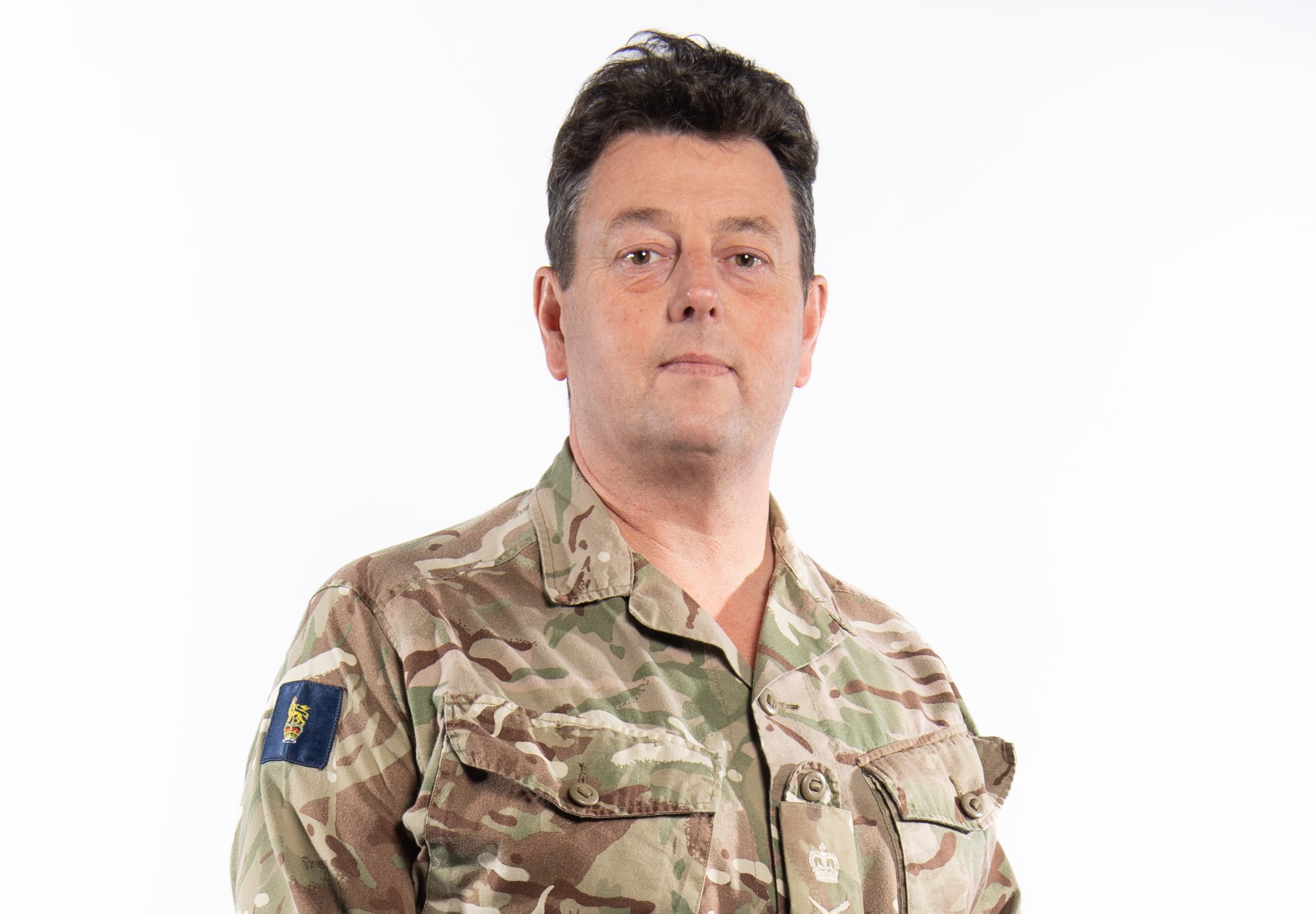
DE&S Director General Land, Lt Gen Simon Hamilton
As we reach 80 years since the Normandy Landings, it got me thinking more about the planning and execution of D-Day that took place during World War II.
The amphibious landings, codenamed ‘Operation Overlord’, were supported by a vast naval armada, codenamed ‘Neptune’, while the enemy was kept guessing by a brilliant deception plan, codenamed ‘Fortitude’ – a masterclass of multi-domain integration and detailed planning.
I have studied the landings at many points during my career and have always been struck by the incredible levels of integration and innovation. Now, with a land war in Europe, there has never been a more important time to recognise the power of alliances and appreciate the incredible ingenuity of people and spiral development to deliver strategic effect.
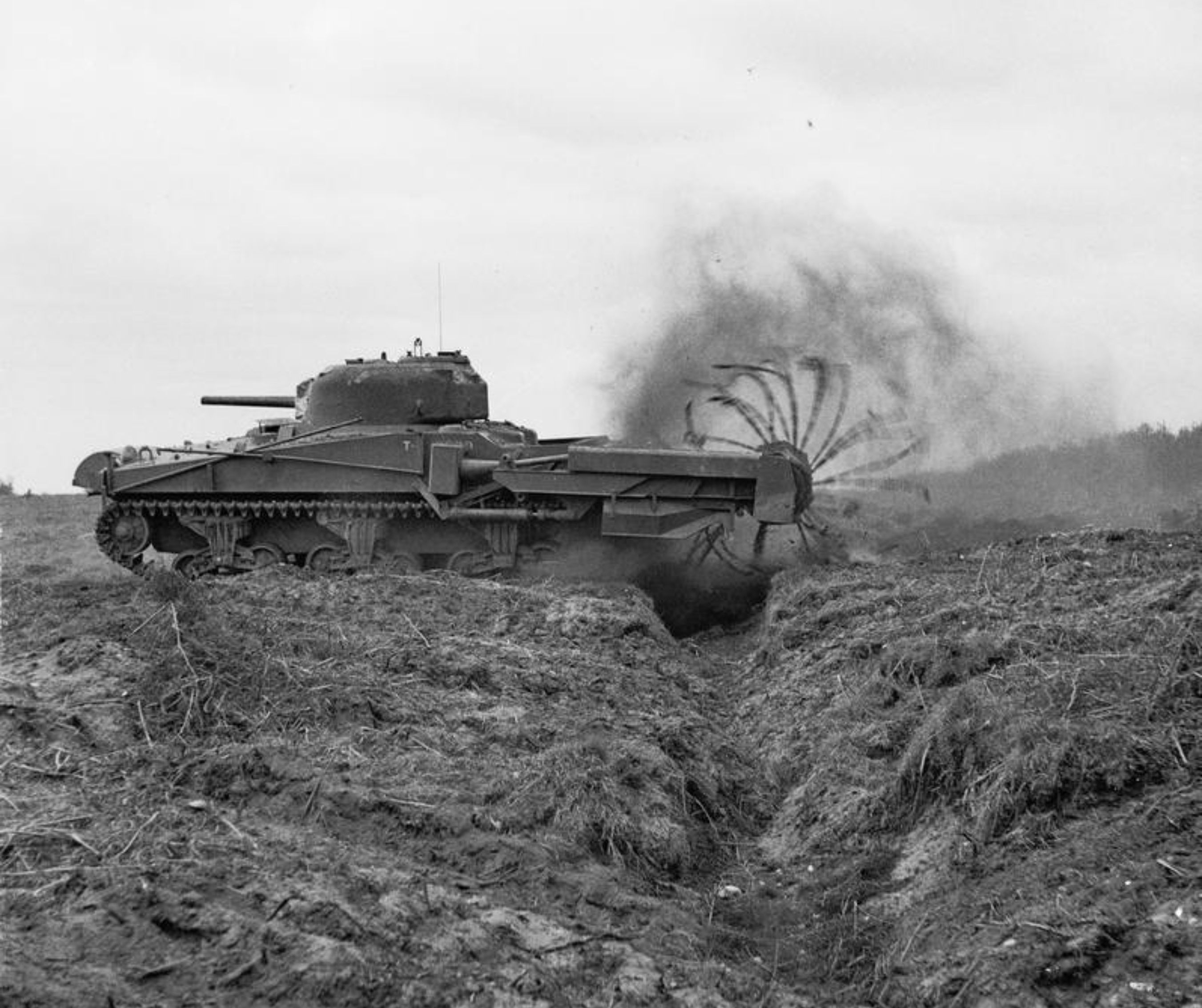
Image: IWM (H 38079)
Major General Percy Hobart is a great example of this; he commanded 79th Armoured Division, a creative rather than fighting formation. Born in 1885, and commissioned into the Royal Engineers, he was an early enthusiast of armoured warfare. His designs, if unconventional, were brilliant and thousands of Allied servicemen on the British beaches would owe their lives to him. Known as Hobart’s Funnies, he created a number of specialist armoured fighting vehicles derived from tanks including the fearsome Crocodile flame throwing variant; the mine bursting Flail, bunker busting Petard. And the remarkable DD (for ‘duplex drive’) swimming tank, which was a modified Sherman, Valentine or Cromwell tank fitted with canvas skirt, that enabled the vehicle to be launched at sea and literally swim to the shore.
One of the most remarkable features of the whole operation were the brilliantly engineered Mulberry harbours – a flat pack harbour that could be and were transported across the Channel. These facilities were an ingenious and technically innovative response to the problem facing the Allies of being unable to secure a deep water harbour at the outset of the campaign, hence the German fixation on Pas de Calais. Two such artificial ports were created – Mulberry ‘A’ directed at Omaha Beach and Mulberry ‘B’ directed at Gold Beach (Arromanches). The system involved using old ships as sinkable breakwaters shielding a series of floating pontoons, piers and floating roadways, all towed by naval vessels into position. The Germans never got wind of the project and Mulberry ‘B’ served the Allies for 10 months, and their contribution to Allied success was very considerable.
These two examples alone serve to demonstrate how capabilities were evolved, continuously improved and upgraded at pace during the course of the war, and in particular D-Day, in response to the changing battlefield – spiral development and innovation in action.
The D-Day operation remains arguably the most technically challenging amphibious undertaking of all time, brilliantly fusing the landings with naval and air operations, and a grand deception to begin a battle that was probably the most crucial test for the Allies in World War II, and one which marked the beginning of the end for Hitler’s Reich.
D-Day was a turning point in military history and one with clear linkages to how we need to operate together today in partnerships, with shared capabilities to achieve a common goal. This is underpinned by the innovation and integration to win.

